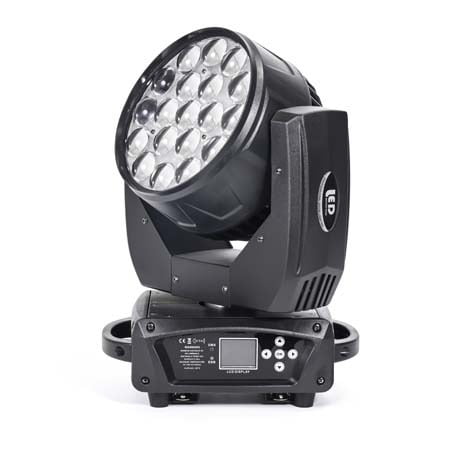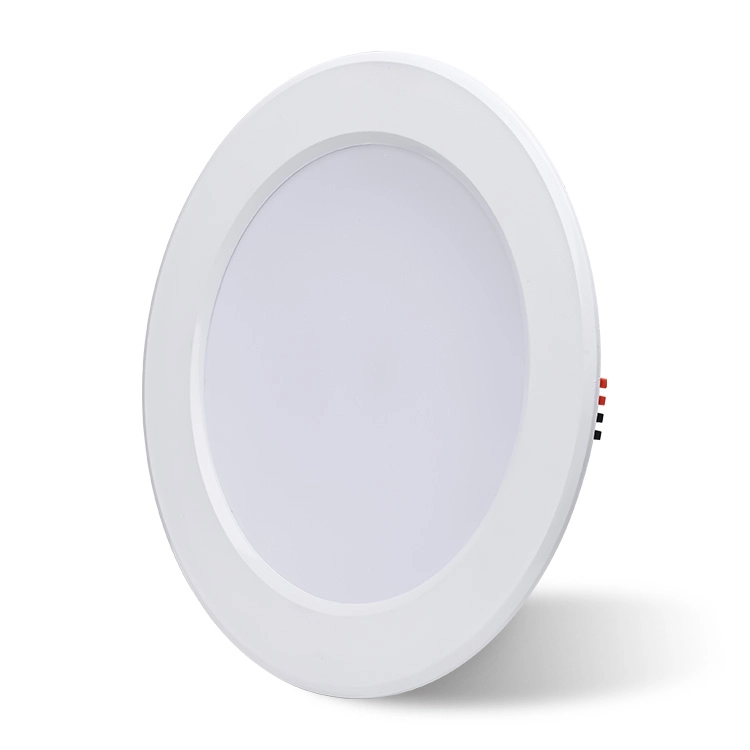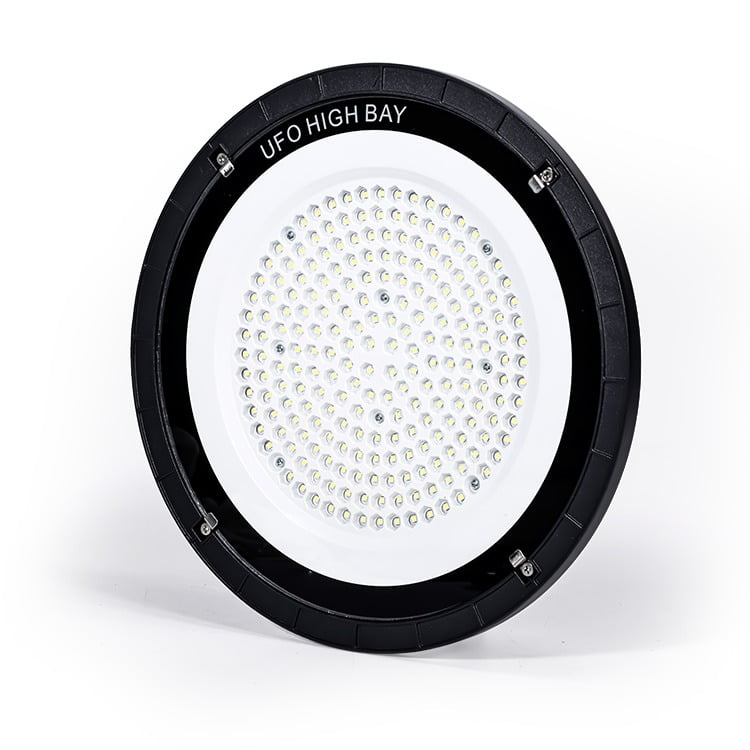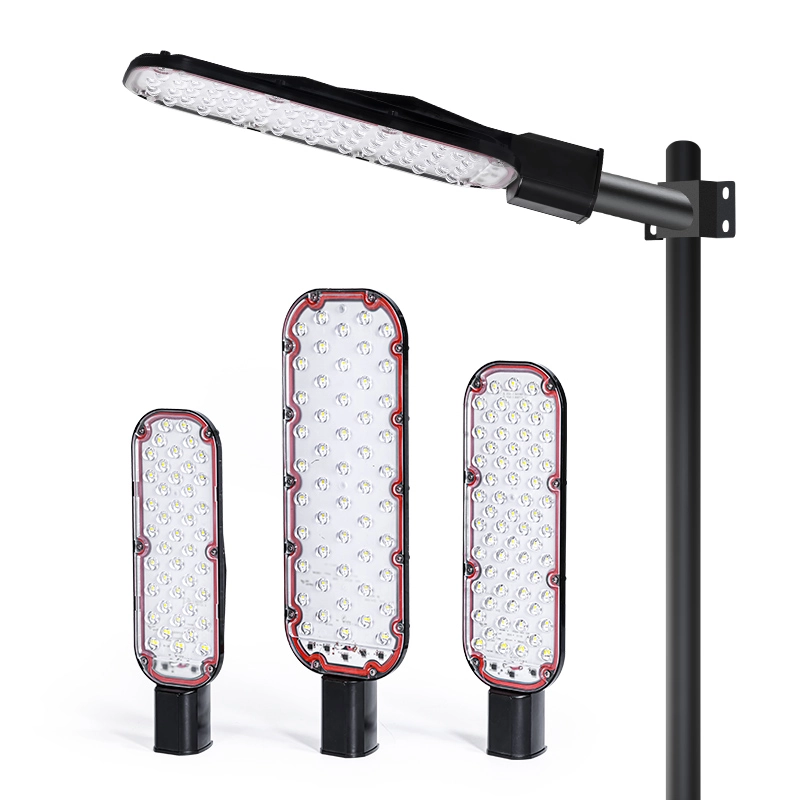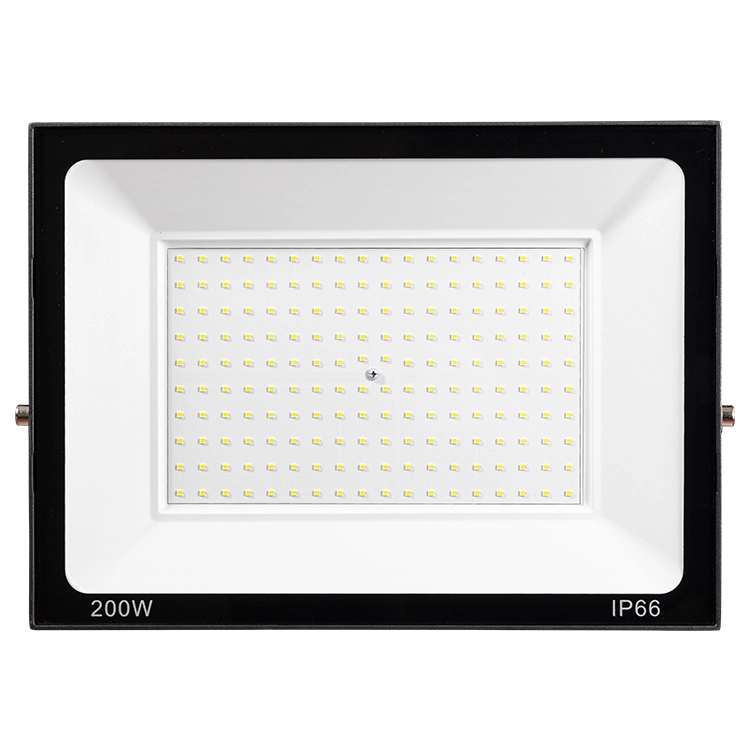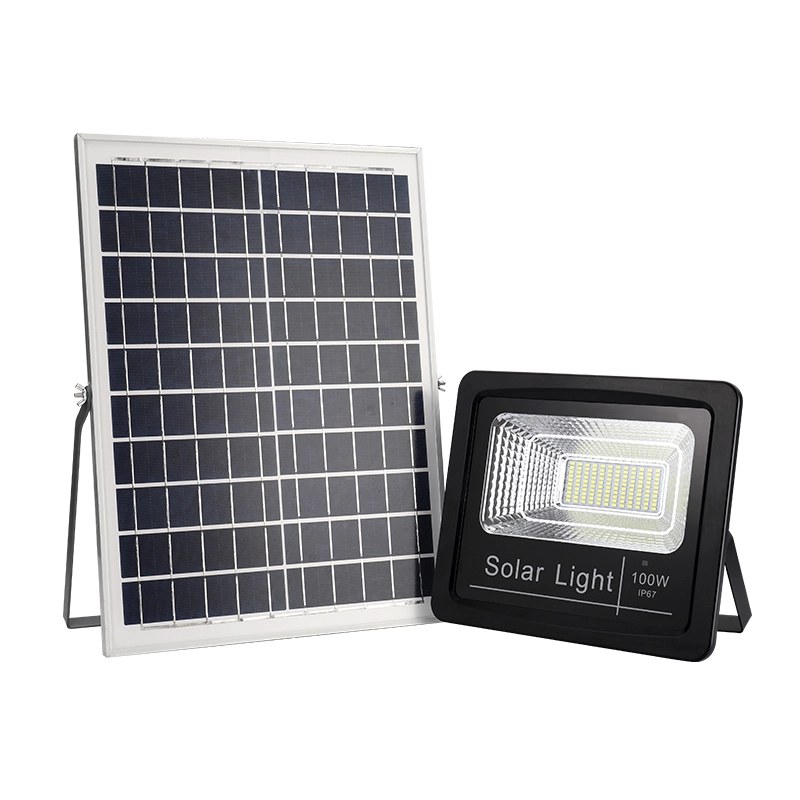Stage lighting does more than just brighten a stage—it shapes the entire experience. Whether in a theater, concert, or corporate event, lighting defines visibility, emotion, focus, and space. But among all its capabilities, which is the most important?
Let’s explore the five core functions of stage lighting—and determine the one that stands above the rest.
The 5 Core Functions of Stage Lighting
1. Visibility

The first and most essential purpose of stage lighting is visibility. No matter how compelling the performance, the audience must be able to see the actors, musicians, or speakers clearly. Lighting ensures that facial expressions, gestures, and actions are fully communicated.
Without visibility, even the most brilliant performance falls flat.
2. Mood and Atmosphere
Lighting has the power to evoke emotion. Through color temperature, intensity, direction, and contrast, it can convey joy, fear, sorrow, or tension. Lighting designers use tools like LED wash lights and color filters to match the emotional tone of each scene.
3. Focus and Attention Direction
Lighting helps guide the audience’s attention to where it matters most—whether that’s the lead singer, a subtle character in the background, or a dramatic entrance. Spotlights and beam lights are commonly used to isolate moments of focus.
4. Composition and Spatial Definition

Stage lighting defines the space. Through layered lighting and contrast, it can carve out foreground and background, create shadows, and give depth to the visual composition—making the stage appear larger or more intimate.
5. Time and Setting Indication

Lighting also plays a key role in storytelling. Changes in lighting tone and intensity can represent transitions from day to night, location shifts, or even emotional turning points in a narrative.
Real-World Applications of Stage Lighting Across Different Events
1.Concerts
In concerts, stage lighting does more than create ambiance—it becomes part of the performance. Moving head beams, strobes, and LED wash lights are used to match the rhythm and emotion of the music. Lighting changes are often synchronized with sound cues, enhancing the audience’s sensory experience.
2.Theater Productions

In theater, lighting shapes emotion and guides the audience’s eyes. Profile spots and Fresnel lights help define characters, create realistic environments, and signal scene transitions. Lighting is a storytelling device just as important as the script or performance.
3.Dance Performances

Lighting in dance emphasizes movement and energy. Side lighting, color transitions, and silhouettes are often used to enhance form and rhythm. Dynamic lighting can even become a partner in choreography.
4.Corporate Events & Presentations

For corporate events, visibility and professionalism are key. Stage lighting is used to focus on speakers, highlight branding elements, and maintain consistency across the venue. Clean front lighting and branded color washes are common.
5.Weddings and Ceremonies

Lighting creates mood and elegance. Warm tones and fairy lights turn ordinary venues into romantic settings, while uplighting and monogram projections personalize the experience.
Whether it’s a concert or a corporate event, stage lighting adapts to the moment. Each scenario demands a unique blend of technique, creativity, and timing—but visibility always remains at the core.
What’s the Most Important Function?
While every function above matters, visibility is undeniably the foundation of all stage lighting.
Without visibility:
Focus has no anchor
Emotion becomes abstract
Space loses dimension
Storytelling disconnects from the audience
Even the most beautifully designed lighting setup means nothing if the audience can’t see the performance. That’s why in every lighting plan, visibility must come first—both technically and creatively.
Real-World Example: When Lighting Goes Wrong
Imagine a live theatrical production where a lead actor is not properly lit during a key monologue. The spotlight is a few feet off, and the audience is staring at a lit curtain while the actor delivers powerful lines in the dark. Emotion is lost. Focus is broken. The story fails.
In contrast, a perfectly placed profile spot not only highlights the actor but adds dimensionality, shadow, and mood—proving how essential visibility is to performance success.
What Lighting Designers Say
According to top lighting directors in Broadway and live events:
“Lighting can create magic, but first it must create clarity. You can’t move someone if they can’t see the moment.”
This sentiment is echoed across the industry: see first, feel second.
Frequently Asked Questions (FAQ)
What is the primary function of stage lighting?
The primary function is visibility. It ensures that performers and actions on stage are seen clearly by the audience.
Why is visibility so important in lighting design?
Because it forms the foundation of all other functions—emotion, focus, space, and time can only be delivered if the audience can see what’s happening.
Can lighting control audience emotions?
Absolutely. Through color, contrast, and angle, lighting designers create emotional cues that enhance storytelling.
What are common tools for achieving visibility on stage?
Fresnel lights, profile spots, LED PARs, and follow spots are all used to provide clear, even, and intentional lighting coverage.
Conclusion: Light the Moment, But Never Lose Sight
While stage lighting is an art, it’s also a responsibility. The most important function of stage lighting is—and always will be—visibility. It’s the starting point of every cue, every emotion, every highlight, and every story told on stage.
Next time you design a lighting plan, remember:
If the audience can see it, they can feel it.


